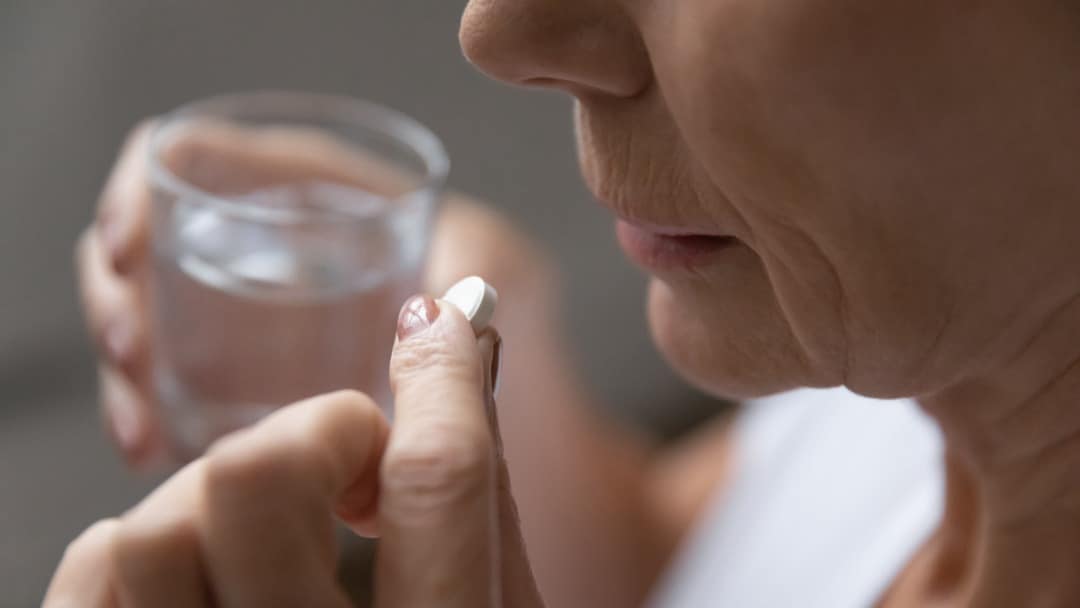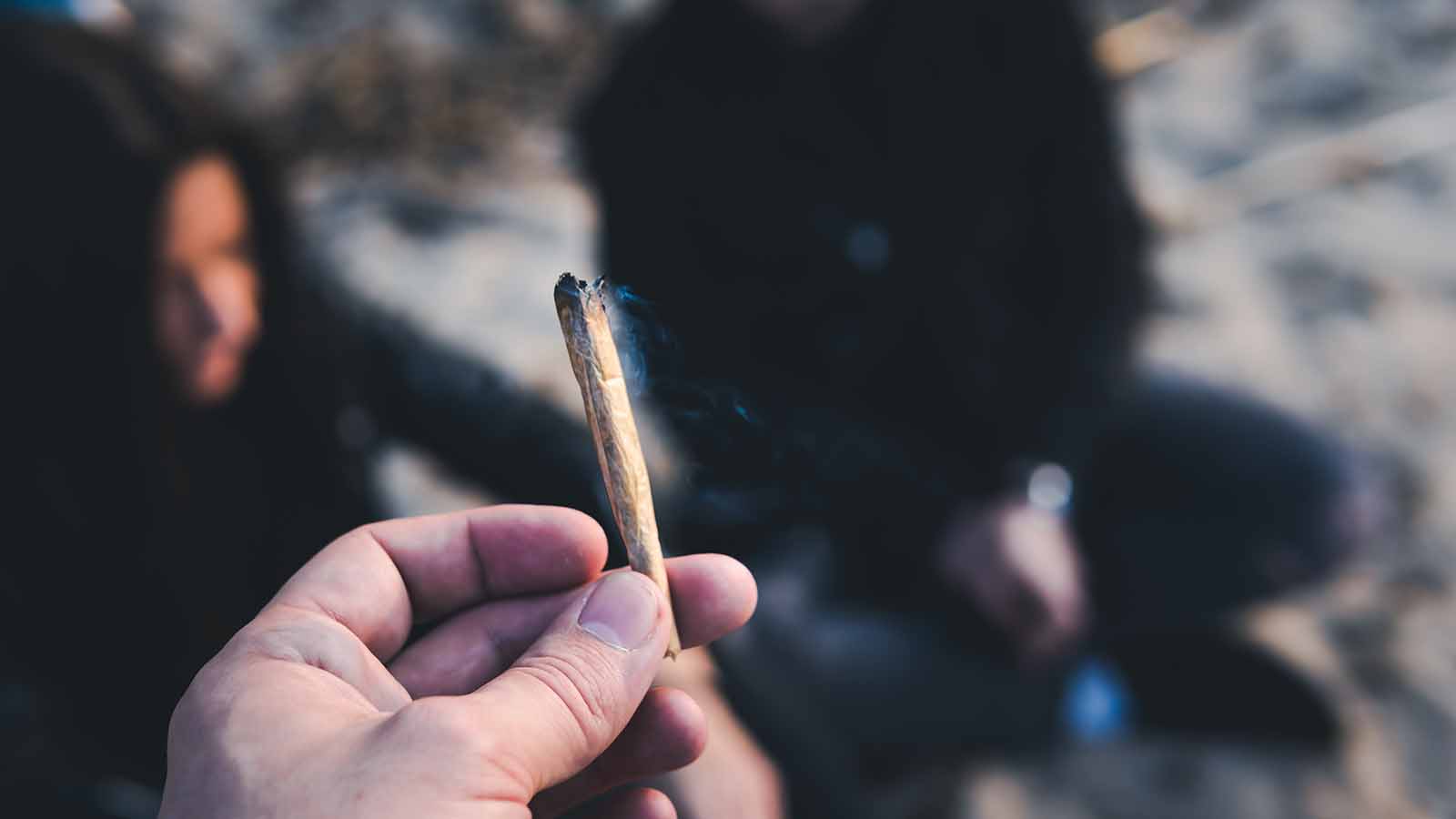The Physical Signs & Signals That Someone Is Going Through Withdrawal
What Does It Mean To Go Through Withdrawal?

The categories of drugs that may result in withdrawal include antidepressants, barbiturates, cannabis, depressants, hallucinogens, inhalants, opioids, and stimulants. The most common substances that cause withdrawal symptoms are alcohol, heroin, OxyContin, nicotine, and heroin.
Withdrawal typically results in both mental and physical side effects. The type, intensity, and duration of symptoms may vary based on someone’s genetics, what type of drug they’re using, and how long they’ve been taking the drug.
Symptoms of Withdrawal
During withdrawal, individuals will experience a variety of side effects – some of which are evident to the human eye, while others are more subtle. The symptoms of withdrawal are usually opposite of the effects of the substance someone uses. Here are some side effects of withdrawal that a person may experience without anyone else even noticing:
- Fatigue
- Fever
- Racing heart
- Congestion
- Nausea
- Muscle pain
- Restlessness
- Runny nose
- Sleeping difficulties
Other withdrawal symptoms, however, may be more obvious and recognizable.
What Does Withdrawal Look Like?
If you walked by someone who was going through withdrawal, would you even know it? Here are some physical signs of withdrawal to look out for in others or yourself:
- Sweating
- Changes in mood
- Irritability
- Vomiting
- Tremors
- Shakiness
- Changes in appetite
Even though the symptoms above are usually clear signs of withdrawal, they could also be the result of another problem. The only way to completely know if you or someone else is going through withdrawal is to see a doctor as soon as possible.
How To Treat Withdrawal
In some cases, withdrawal can be treated at home. However, some individuals may require immediate treatment. This is because withdrawal is sometimes a serious sign of dependence and addiction. If someone has an addiction to a substance such as alcohol or an illicit drug, a doctor may recommend that they receive further substance abuse treatment after they have finished detoxing.
There are many options for individuals who are experiencing or have gone through withdrawal. Treatment methods for withdrawal may include certain medications, support groups, therapy, counseling, and more. The treatment plan will vary based on what substance an individual is withdrawing from and how severe the symptoms are. Regardless of the specific treatment methods, those who go through withdrawal should do their best to drink lots of water, maintain a healthy diet, and begin or continue a light exercise routine.
If you think that you or someone you know may be experiencing withdrawal, it is important to seek medical assistance as soon as possible. Medically-administered withdrawal is typically more comfortable and safe than detoxing at home.
To learn more about the signs and symptoms of withdrawal, contact our team of substance abuse treatment specialists by giving us a call at 267.719.8689.





